
In this part of my Q&A with Louise Taylor, co-founder of Dermalux, we get into more specific questions – is LED light therapy OK for sensitive skin? Can it help to manage melasma? And why is LED light good for the skin when so many types of light are harmful for our complexions?
Is LED light therapy good for sensitive skins?
AHD: Somebody is asking, is it good for sensitive skin? I should think it is, especially the near-infrared, because it helps take down inflammation. Is that the case? Also, you haven’t got to put anything on the skin, you just need to be under it with no cream or anything on your face, so the light can get proper access. And it also it works for all skin tones, doesn’t it?
LT: In terms of using it on sensitive skin, yeah absolutely. I mean the principle of the treatment is that we’re working to speed up our body’s own healing and repair response, we’re not creating trauma, which makes it different than many other aesthetic treatments or the principle of treatment. It’s amazing, that’s why we can use it on psoriasis, we can use it on acne, on redness, so it really helps with these conditions.
Can you use Dermalux Flex during pregnancy?
LT: We say as a manufacturer that we haven’t tested on pregnant women so the risk is unknown, so it’s kind of at the discretion of the person that wants to use it. I mean you get this with many devices or many treatments really unfortunately. It’s a bit of a grey area but that’s kind of a disclaimer that we use.
Is Dermalux Flex effective on guttate psoriasis?
AHD: Somebody else has asked how effective it is for guttate psoriasis, a particular type of psoriasis? I would have thought just as effective as on any type of psoriasis, is that the case?
LT: Exactly. Psoriasis is an autoimmune condition and we’re not saying we can cure this but it’s about getting under control and managing it and that’s the key. So, again, it depends on the frequency of treatments but most people who suffer with psoriasis go to the sun, they go in the light and they see improvement, so this is just like sunlight but without the bad bits, no UV, no harmful wavelengths, so we’re really focusing the beneficial wavelengths here.

Can Dermalux Flex help melasma or could it make it worse?
AHD: The next question is does it help in reducing melasma and then somebody’s asking, “does it negatively affect melasma?” because some light therapies can make melasma worse. What’s the advice on that?
LT: With the Flex, we’ve got a protocol for melasma, so we’ve got two different protocols for pigmentation. This is another tricky condition to treat because we always say, treating pigmentation is only as good as, are you using your SPF every day? Are you using your antioxidants? You’ve got to put it into a more holistic treatment but, because we’re not creating trauma (and this is why you have to be very careful with laser treatment) because, if you’re creating trauma or putting heat [into the skin] then, of course, there’s a risk of making it worse. So, yes, I mean we have seen some nice results with melasma but, of course, it’s just one of those tricky areas and it can depend on case-by-case. Obviously melasma is a hormonal pigmentation, so we can’t control hormones but it will definitely help with targeting pigment.
Why is the light use in Dermalux Flex beneficial to the skin when other types of light such as UVA, UVB and blue light from devices are bad for the skin?
AHD: Okay, how interesting, can we go back to what you were mentioning because somebody was asking why these types of light are good when UVA/UVB is detrimental to the skin and we keep being told that blue light is very dangerous for the skin, from computers and devices. Is it a question of the dose or what’s the best answer there?
LT: It’s probably the part of the spectrum that we’re exposed to, so very short wavelengths in the UV range – UVA, UVB, UVC – they’re absorbed and yes they can mutate cells so they can be damaging. The wavelengths that we’re using have got years and years of clinical studies to support their benefits and efficacy but also the safety of them as well, so it’s not just that we’ve come along and used these, we use the most clinically proven wavelengths.
The blue light, yes, that does come up quite a lot, but the blue light that’s coming from our devices again is used in a different spectrum, so typically between sort of 460-70 nanometers, which is just an off the shelf sort of blue wavelength, whereas we’re using 415 nanometers of blue light, which again is the clinically-evidenced wavelength because it’s the optimum absorption by the p acnes bacteria.
Read part one of this Q&A here
Read part two of this Q&A here
Watch the Instagram Live video with Alice Hart-Davis and Louise Taylor of Dermalux
Related Stories
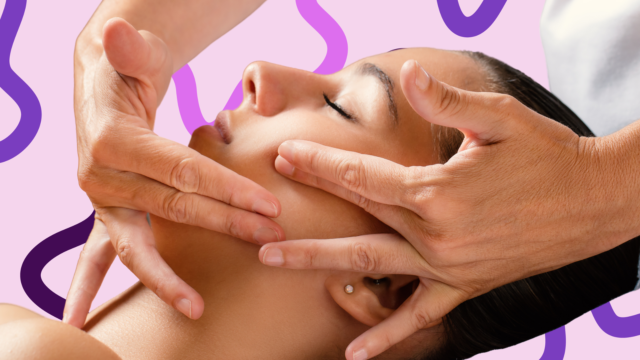
Lifestyle
Facial massage – does it really DO anything?
In a world of high-tech tools, active ingredients and cutting-edge tweakments, is there a place in aesthetics...
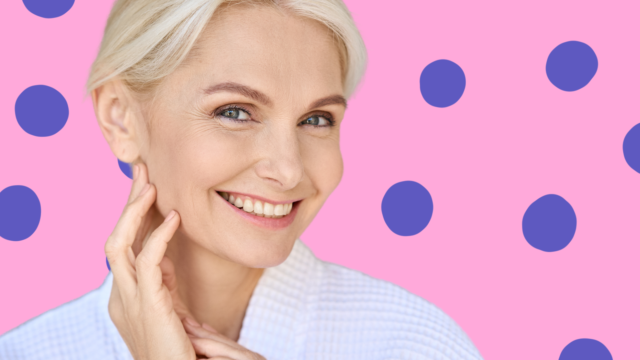
Lifestyle
Is ageing gracefully morally superior to… intervention?
I'd say this idea that ageing gracefully is morally superior needs to go. Tell me, what do you think?...
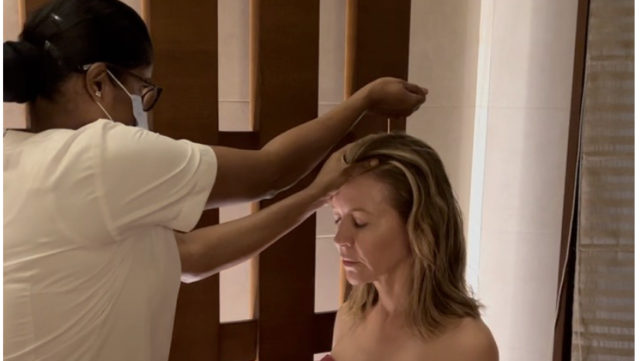
Lifestyle
My week at a luxury Himalayan spa
So back in August, I had a trip-of-a-lifetime to Ananda in the Himalayas, a spa retreat that has for two...

Lifestyle
If I could only do one thing for my face…
Question: If you could only do one thing for your face, what would it be? It’s something I get asked...

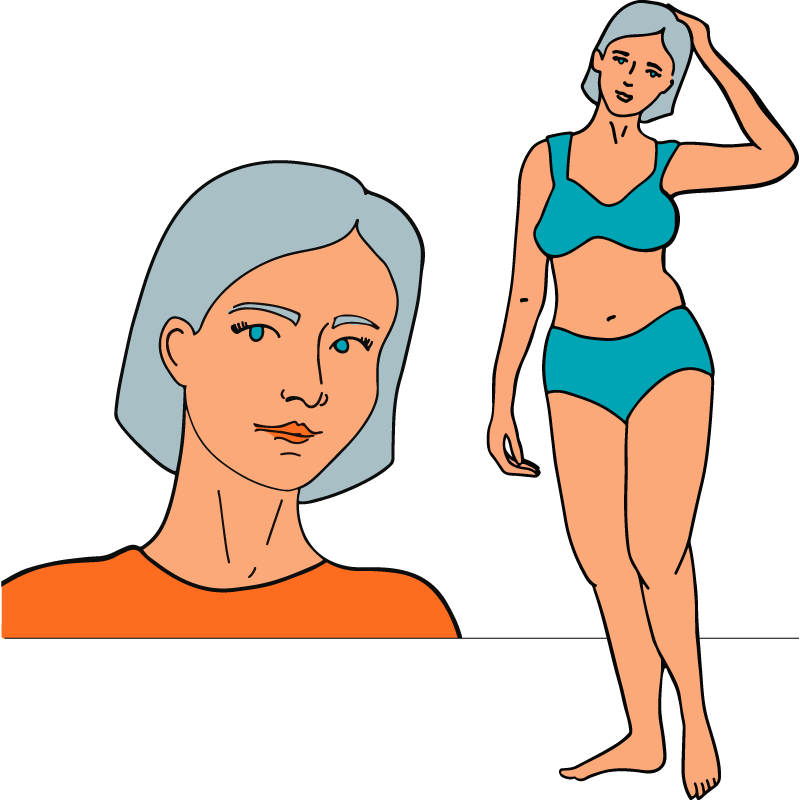

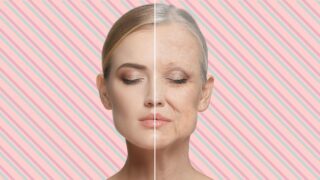
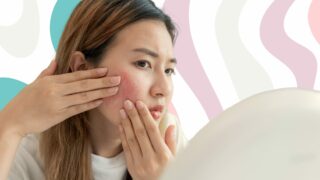
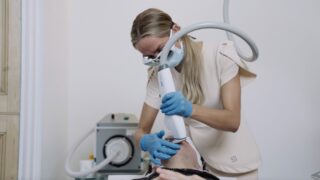

 The Tweakments Chatbot
The Tweakments Chatbot